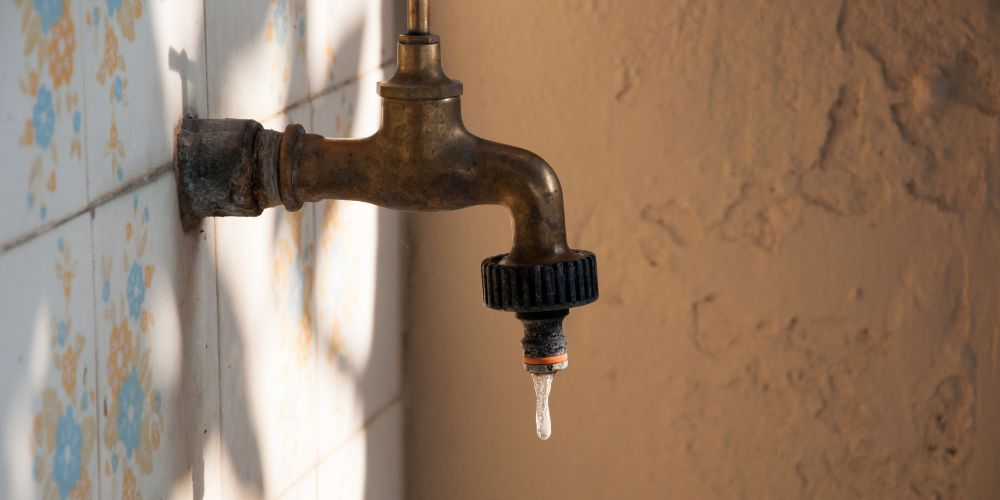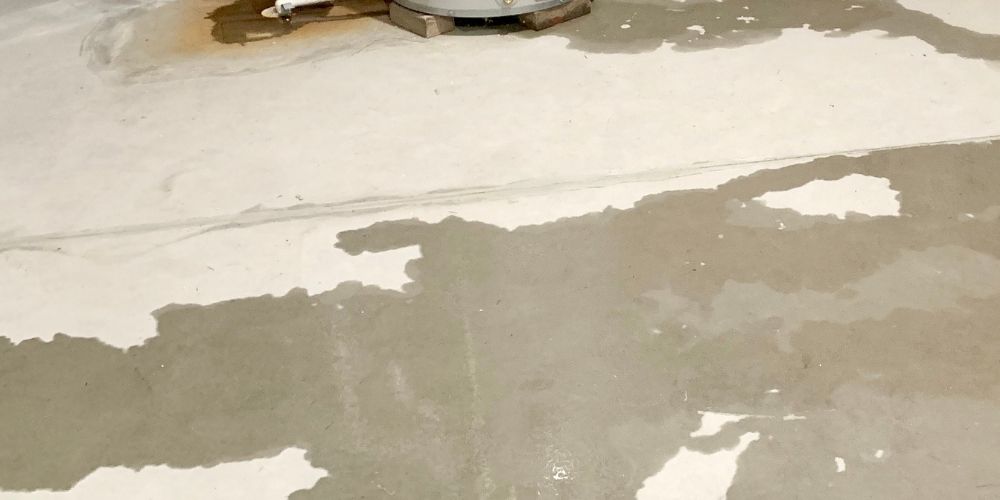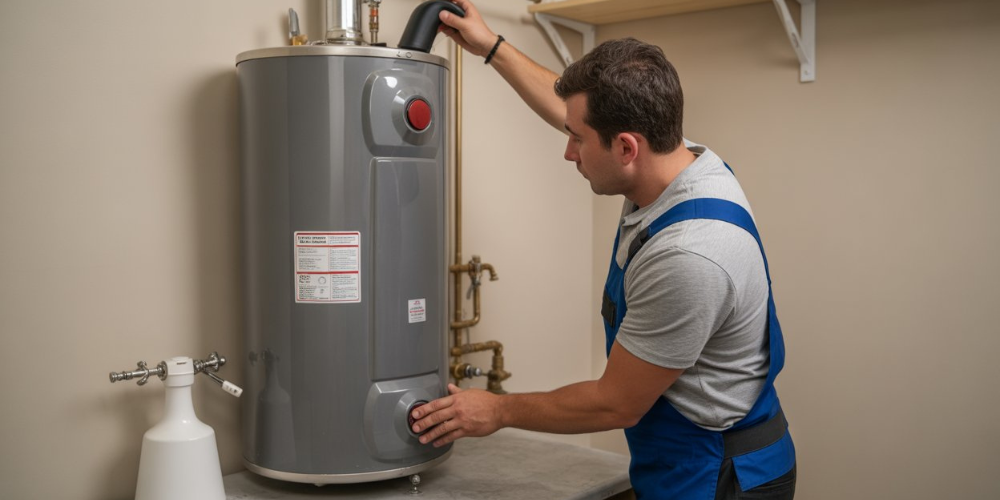A clogged kitchen sink may mess up your daily routines and create a lousy environment in your home. Caused mainly by food, grease, or soap remnants, a clogged sink eventually becomes an enormous problem.
Let’s take you through the several ways that work to unclog your kitchen sink, an easily handled, smooth way for getting water dispatched through the sink and ensuring your kitchen will be running normally again. Here’s how you can manage clogs efficiently with these tips.
How Do Kitchen Sink Clogged?
In most cases, clogs in the kitchen sink are primarily due to what is supposed to go down the drain. An accumulation of grease, large particles of food, coffee grounds, and non-dissolvable items in the piping are some of the top causes of a clogged kitchen sink.
In an ideal context, good maintenance practices of prevention and carefulness in waste disposal may go a long way in preventing the above problems. However, clogs can still occur. Understanding the common causes of blockages enlightens one on developing better habits to help reduce the probability of experiencing a clogged sink.
How to effectively unclog a kitchen sink?
If you’ve got a small clog, you can usually fix it yourself without calling a pro. There are several methods to unclog a kitchen sink effectively. Below are the spoke methods:
Use a Plunger to Unclog
Here’s an easy method for unclogging your kitchen sink, especially if there’s standing water. Make sure to use a kitchen plunger, not a bathroom one, to keep things clean. Here’s what to do:
1. Plug the drain on the other side of the sink with a wet rag if you have a double sink. This helps direct the pressure to the clog.
2. Put a bit of water in the clogged side of the sink for the plunger to work.
3. To do it right, obtain a good seal around the drain opening.
4. Start plunging! Remember, it’s all about the up motion, not pushing down. Hopefully, any food or paper stuck in the pipes will come loose.
With patience and proper technique, a plunger can quickly restore sink functionality, providing an alternative to clearing minor blockages caused by food or other small objects.
Use Baking Soda Remedy
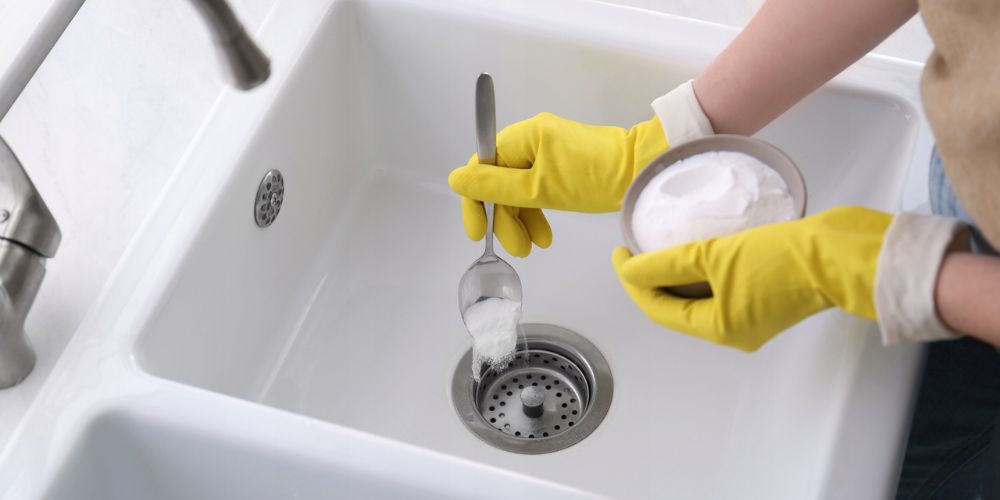
Chemical drain cleaners can cost a lot and might not be safe for you or the environment. Another good solution for clogs is baking soda and vinegar, which are more eco-friendly. Here’s how:
1. Take out the sink stopper or drain cover.
2. Pour half a cup of baking soda down the drain.
3. Pour 1 cup of white vinegar down the drain.
4. Close the drain to prevent the reaction from happening in open air and let it sit for an hour.
5. You can now clean the remnants of the blockage by flushing in hot water, making your drain extremely clean and accessible to function again.
Try the Drain Snake for Clogged Drains
Sometimes, the clog might be deeper in the drain so the usual methods won’t help. Another tool you may need is the drain snake. A snake or auger is a bendy tool made of metal or plastic. It goes deep into the drain to break up or pull out the clog. Here’s what to do:
1. Take out the drain stopper or strainer.
2. Push the snake or auger into the drain until you feel something blocking it.
3. Turn the handle to hook onto the clog.
4. Pull the snake or auger out and get rid of the clog.
5. Keep doing this until the clog is gone.
This method is beneficial for dealing with persistent clogs lodged further down in the pipes.
Boiling Water to Unclog the Sink
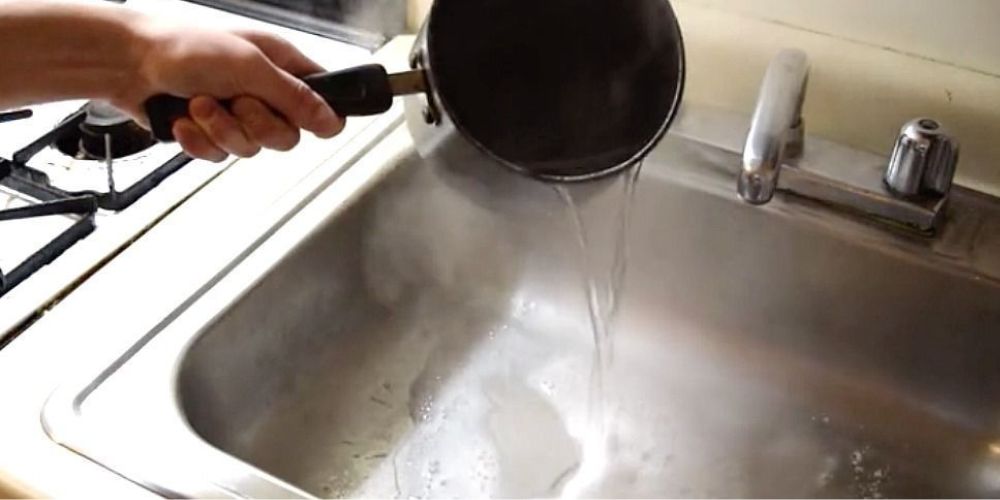
Sometimes, boiling water is a quick solution to unclog a sink. You heat a good amount of water and carefully pour it directly into the drain. Pouring boiling water directly into grease or soap clogs can quickly melt the grease, eliminating the blockage.
Boil water in a pot and carefully pour it directly into your drain without causing any splashes. This method efficiently breaks grease and fat clogs. It is a simple, natural way to renew good drainage for your kitchen sink.
Garbage Disposal
If your sink has a garbage disposal, that is commonly the culprit; you will want to check for jamming and clogs. Never put your hand directly into the disposal; instead, use a tool such as tongs or pliers to remove any obstructions safely.
After clearing any visible debris, resetting the disposal can help resolve any remaining issues. Ensuring the disposal is clear and functioning well can substantially improve sink drainage and avoid blockages.
Call the professionals
If all else fails, it may be best to seek professional assistance. PlumbSmart provides specialized drain cleaning services; they can effectively remove clogs located far within the plumbing system, getting out-of-reach places unclogged instantly. Such professionals have the appropriate equipment and expertise with which you can ensure the clearance of your blockages without causing damage to your pipes.
Conclusion
Many DIY techniques can swiftly resolve the common issue of kitchen sink clogs, ranging from plunging to employing home remedies with baking soda.
If blockages are severe or stubborn, it is best to contact professional drain cleaning services. Remember, the key to keeping drains and sinks clear of clogs is to follow preventive measures and maintain them regularly.


